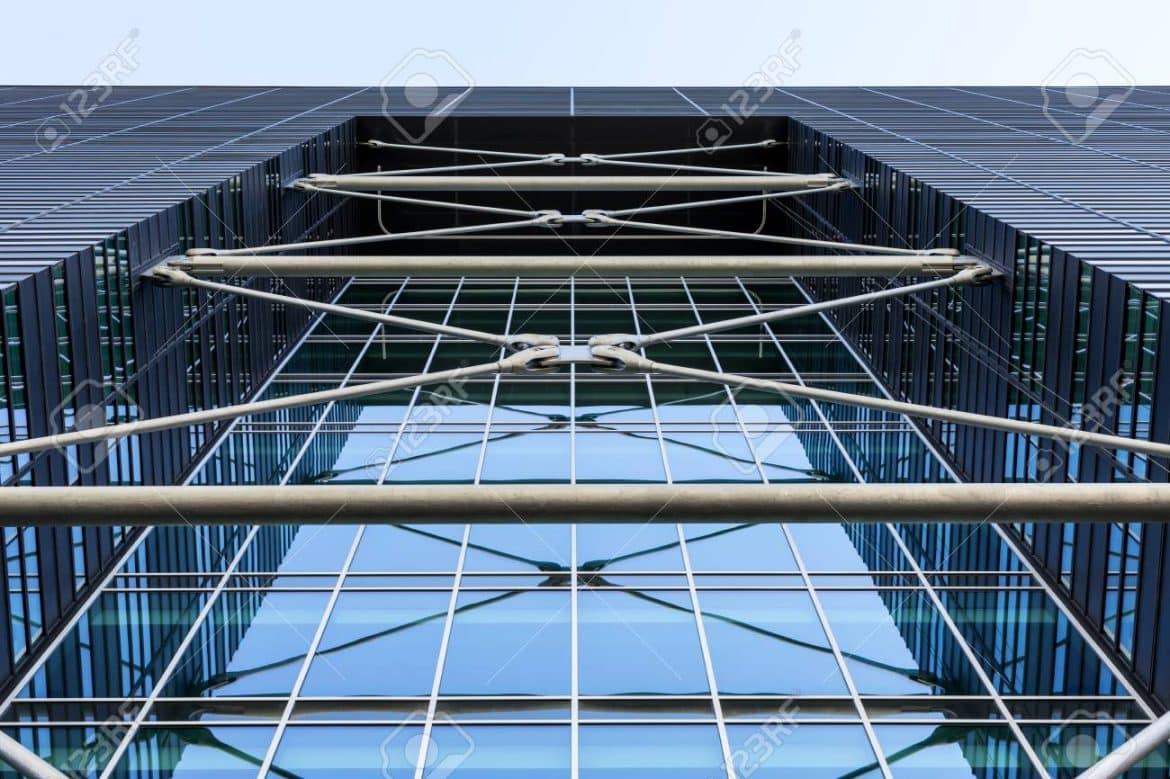Amidst the dynamic field of architecture, one material is solidifying its prominence with steadfast strength and versatility: metal. Traditionally associated with industrial settings, metal has emerged as a game-changer in modern office architecture, revolutionizing how to perceive and construct workspaces. This listicle delves into the rising trend of metal office buildings, exploring its advantages, aesthetic appeal, and profound impact on the evolving workspace.
Unveiling the Aesthetic Allure
Gone are the days when metal structures were synonymous with cold and impersonal environments. Modern architects have successfully embraced metal’s aesthetic potential, symbolizing sophistication and innovation. The sleek lines, minimalist designs, and the reflective surfaces of metal structures contribute to a visually stunning landscape.
Architects increasingly incorporate metal elements into office buildings, creating a harmonious blend of functionality and aesthetics. The ability of a metal to be molded into various shapes allows for the creation of intricate facades and captivating designs that redefine the conventional office space.
Structural Integrity and Durability
One of the critical factors propelling the rise of metal office buildings is its unparalleled structural integrity and durability. Unlike traditional building materials, metal can withstand harsh weather conditions, seismic activity, and the test of time. This inherent robustness ensures the structure’s longevity and reduces maintenance costs in the long run.
Metal’s strength-to-weight ratio is a critical advantage, allowing architects to design taller, more open spaces without compromising stability. This structural efficiency enhances the office’s visual appeal and facilitates a more flexible and adaptable interior layout.
Environmental Sustainability
In an era where sustainability is a top priority, metal emerges as an eco-friendly choice for office architecture. Most metals used in construction are recyclable, minimizing environmental impact and promoting a circular economy. Additionally, the longevity of metal structures reduces the need for frequent renovations, further lessening the overall ecological footprint of the building.
Furthermore, the reflective properties of metal can contribute to energy efficiency. By deflecting sunlight and reducing heat absorption, metal-clad office buildings can mitigate the urban heat island effect, creating a more comfortable and energy-efficient working environment.
Adaptable Design and Flexibility
Flexibility is a cornerstone of modern office architecture, and metal is ideal for accommodating dynamic design requirements. The malleability of metal allows architects to experiment with unconventional shapes and configurations, fostering a sense of innovation in office design.
Moreover, metal structures can easily accommodate future expansions or modifications, ensuring that the office space can adapt to the evolving needs of the occupants. This adaptability is crucial when businesses constantly evolve, and office spaces must keep pace with changing demands.
Cost-Efficiency and Construction Speed
Apart from its advantages in terms of aesthetics and structure, metal’s cost-efficiency and rapid construction timelines make it an attractive choice for developers. The streamlined construction process of metal buildings translates to significant time and cost savings, offering a practical solution for businesses seeking to establish a modern office space without lengthy construction delays.
The cost-effectiveness of metal extends beyond the initial construction phase. With lower maintenance requirements and a reduced likelihood of structural issues, the overall lifecycle cost of metal office buildings is often more economical than traditional materials.
Conclusion
The rise of metal in modern office architecture signifies a paradigm shift in conceptualising and constructing workspaces. Beyond its utilitarian origins, metal has become a symbol of innovation, sustainability, and adaptability. As architects continue to push design limits, metal stands as a testament to the dynamic nature of office spaces, offering a perfect blend of form and function in the contemporary business landscape.

